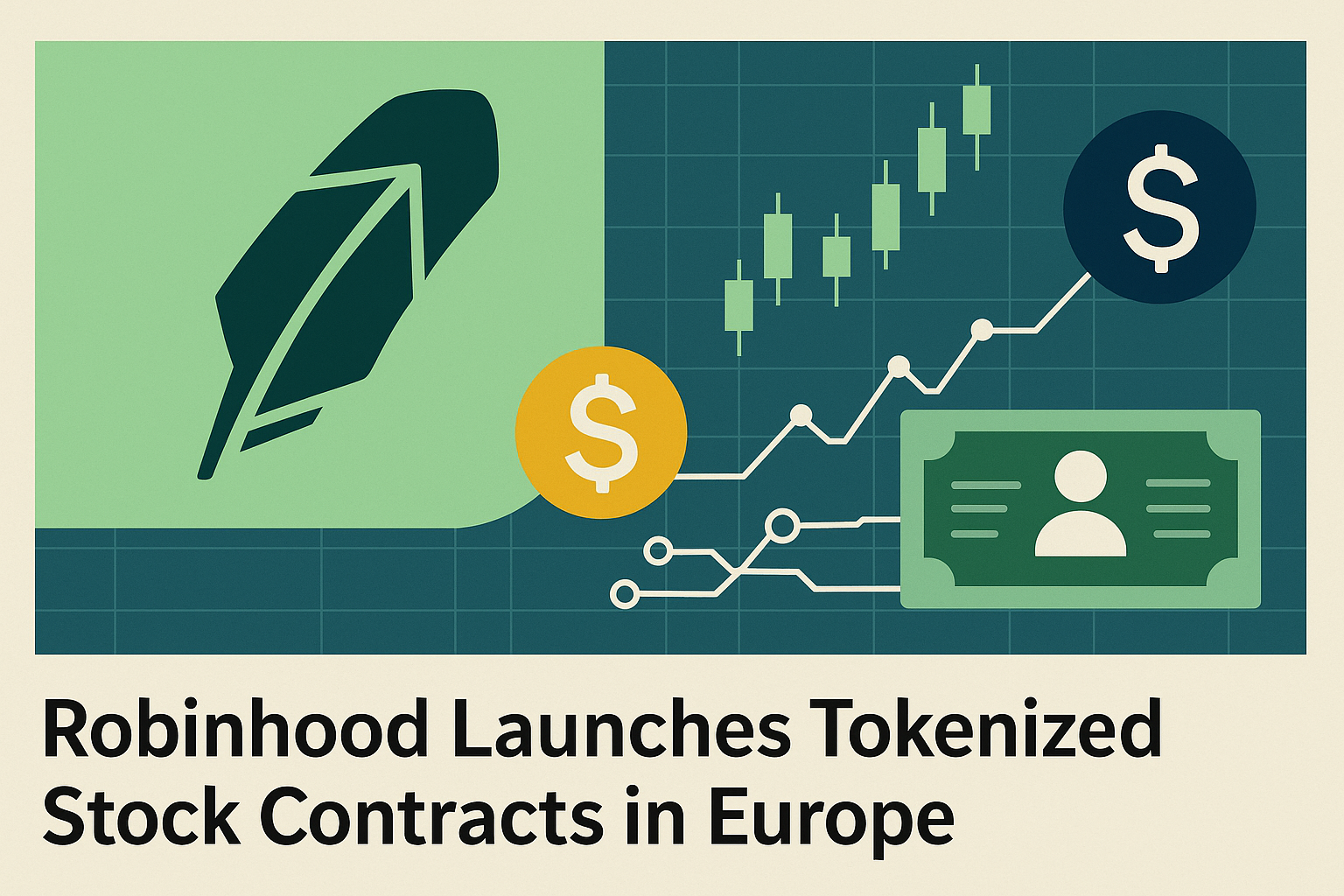In a rapidly evolving digital landscape, the integration of blockchain with artificial intelligence (AI) offers intriguing potential for innovation and trust. The BC4LLM model, a pioneering concept explored in recent research, proposes a framework that combines blockchain technology with large language models (LLMs) to enhance the authenticity, privacy, and traceability of AI-generated content. This novel approach could reshape the way we view AI outputs, making them not only more reliable but also securely anchored in blockchain-based validation mechanisms.
Why Blockchain and Large Language Models?
Large language models, such as OpenAI’s GPT or Google’s BERT, have transformed content generation, allowing for highly sophisticated and human-like outputs. However, their use raises significant concerns around data authenticity, privacy, and traceability. These models often work in opaque ways, with little transparency into the source of their information or the integrity of the content they produce. This lack of transparency can create challenges for both users and developers who seek reliable and verifiable AI content, especially in sensitive fields like healthcare, law, and finance.
Blockchain technology, on the other hand, is celebrated for its immutable ledger and ability to verify data authenticity in a decentralized manner. By combining blockchain with LLMs, BC4LLM aims to bring greater trust to AI-generated content, leveraging blockchain’s strengths to mitigate some of the most pressing challenges associated with AI.
Key Features of BC4LLM
- Enhanced Data Authenticity: In the BC4LLM framework, each interaction with the language model—whether a prompt or the model’s output—can be recorded on the blockchain. This record allows users to verify the data’s source and any modifications made. For applications requiring high data integrity, like academic research or financial analysis, this feature is invaluable.
- Privacy Preservation: AI models often process sensitive information, raising concerns about data leaks and unauthorized access. By integrating with blockchain’s permissioned access controls, BC4LLM ensures that only verified entities can access or modify the data, providing a secure environment for sensitive information.
- Traceability and Accountability: Blockchain’s immutability allows for complete traceability of content generated by the language model. Each output can be traced back to its original input and tracked throughout its life cycle. This is particularly useful in industries like healthcare or legal services, where the origin and evolution of data are crucial.
- Decentralized Verification: Decentralization ensures that data verification is not controlled by a single entity but by a network of validators. This feature reinforces trust in AI outputs, making them more resilient to tampering or unauthorized changes.
How BC4LLM Works
The BC4LLM model functions by embedding blockchain within the operational structure of large language models. Here’s an overview of its process:
- Data Input & Authentication: Users input data into the LLM. Each data entry is authenticated and logged onto the blockchain, recording who accessed it, what changes were made, and when they occurred. This log becomes a permanent record, ensuring data integrity.
- Content Generation & Verification: When the LLM generates output, the response is likewise recorded, providing an immutable history of AI-generated content. Blockchain verification nodes check and validate each interaction, ensuring that the output aligns with authenticated data.
- Real-Time Monitoring: Through smart contracts, the BC4LLM model can implement rules that govern the AI’s behavior, triggering notifications or restrictions if certain parameters are breached. For instance, if a generated content’s authenticity is compromised, users can be alerted instantly.
Potential Applications of BC4LLM
- Healthcare: Medical professionals can utilize AI models to assist with diagnoses or treatment recommendations while ensuring data privacy and traceability, critical in healthcare data management.
- Legal: BC4LLM could be used in legal services to verify AI-generated contracts, ensuring all modifications are recorded and the document’s authenticity remains intact.
- Content Creation & Media: In journalism or academic publishing, BC4LLM provides an added layer of verification, where each article or research output can be traced back to verified sources, reducing the spread of misinformation.
- Financial Services: Financial institutions can use BC4LLM to generate reports or analyses with a traceable origin, offering clients and regulators a clear record of data sources and validation points.
Challenges and the Road Ahead
While BC4LLM presents numerous advantages, challenges remain, including the computational demands of combining blockchain with AI models and the need for consensus on data standards. Integrating these two technologies also requires cross-disciplinary collaboration, merging expertise from both AI and blockchain development fields. As research progresses, refining these models will be essential to overcoming scalability and resource constraints.
BC4LLM represents a step toward trusted, transparent artificial intelligence, where blockchain’s strengths in authenticity, privacy, and traceability enhance the reliability of AI-generated content. As blockchain and AI continue to evolve, their intersection in frameworks like BC4LLM has the potential to build a future where artificial intelligence is as trustworthy as it is intelligent. This integration could drive widespread adoption across industries, providing stakeholders with secure and verifiable AI insights that inspire confidence and drive innovation.




